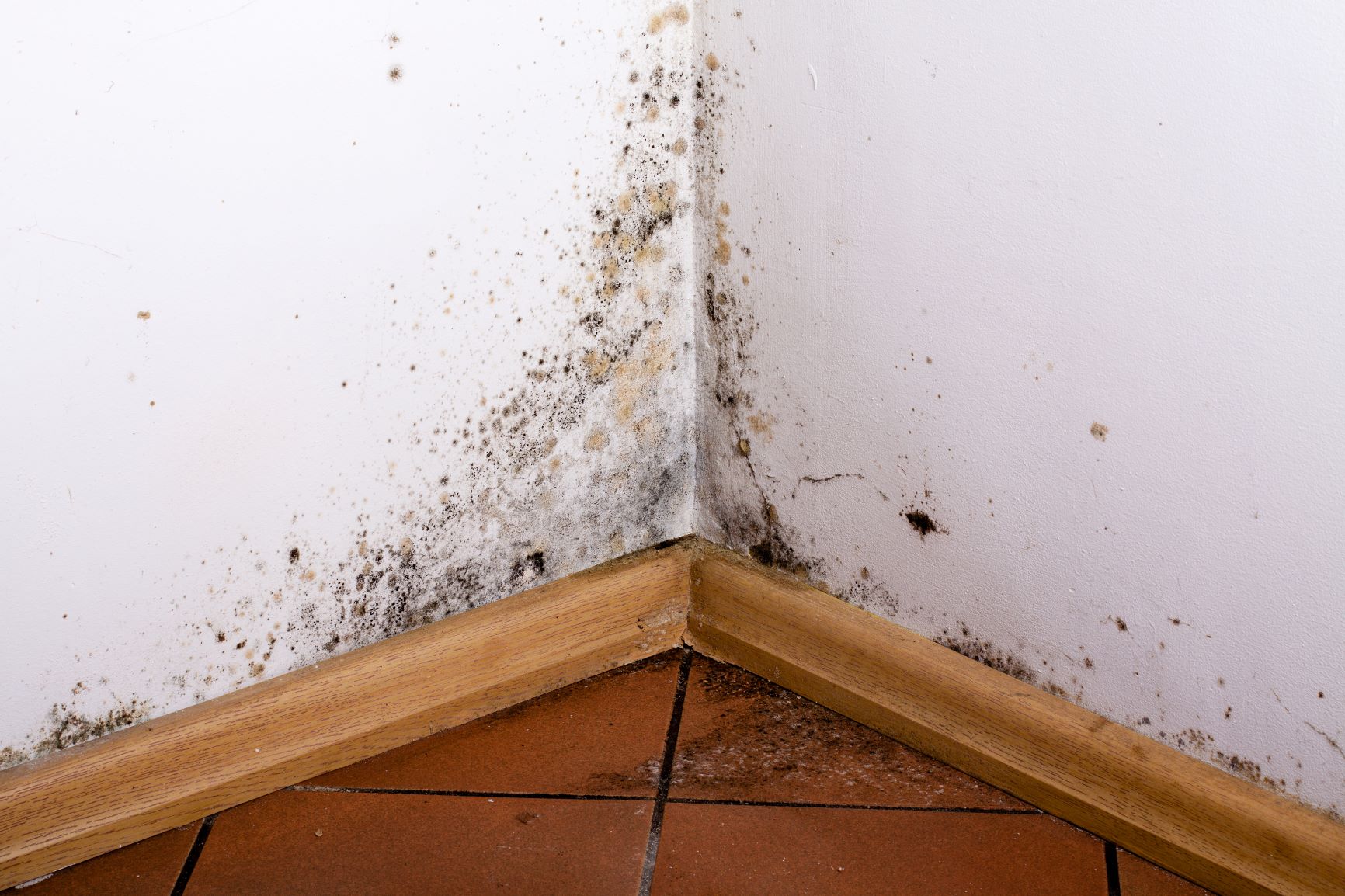Ah, Queensland – drought one day, floods the next. With torrential rain comes flood damage and with flood damage comes one of the most insidious health risks faced by Queensland home owners and tenants – black mould. It only takes around a glass full of water in the right spot to cause potentially dangerous mould infestations in your home – and you may not even know it’s there.
Why is black mould a problem?
Moulds give off toxic chemicals called mycotoxins which can cause respiratory irritation, eye irritation, asthma and even allergic reactions in some people. While there are different kinds of mould, the most dangerous, black mould, is also very common in Queensland. It grows in humid environments and positively thrives in water-damaged carpets.
Storm season in Queensland
A single cracked roof tile can let in enough water to create a toxic ecosystem in your ceiling. Drying clothes inside, running air-conditioners/heaters or simply getting the floors wet in a Queensland flood is enough to start a mould ecosystem in your home. Queensland’s humidity and wild weather makes black mould a real risk – the recent storms across Brisbane and the Sunshine Coast likely mean a big increase in mould infestations (as well as other moisture loving pests).
How to get rid of black mould
Supermarket brand mould killers will go a long way to removing black mould from hard surfaces, walls and ceilings. What home owners don’t realise is that a little mould on a ceiling or wall may be an indication of a much, much bigger problem. Black mould can infiltrate your carpet and the underlay, it can infest soft furnishings and roof cavities. On the surface, you might live mould-free but underneath there’s a toxic cloud a-gathering.
How to prevent black mould infestations after flood damage
Trust the professionals – your family’s health is too important to risk. Professional carpet cleaning not only removes any visible mould but extracts dead spores. Qualified, specialist carpet cleaners like All Aces can help further, by assessing the severity of the infestation, testing home humidity, eradicating sources of moisture, testing indoor air quality and making recommendations for removal of severely infested areas. If you’re worried, get it checked out.





